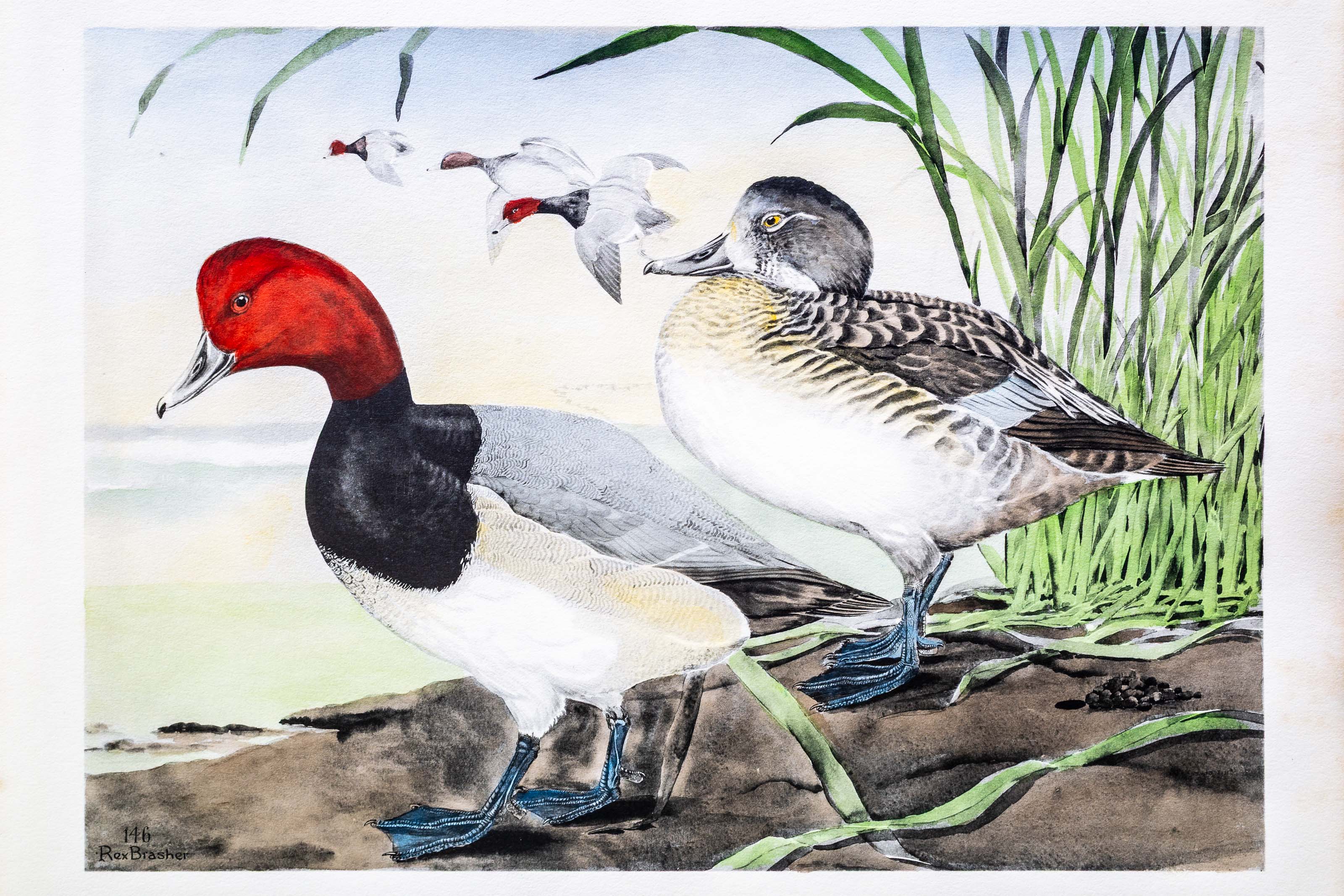
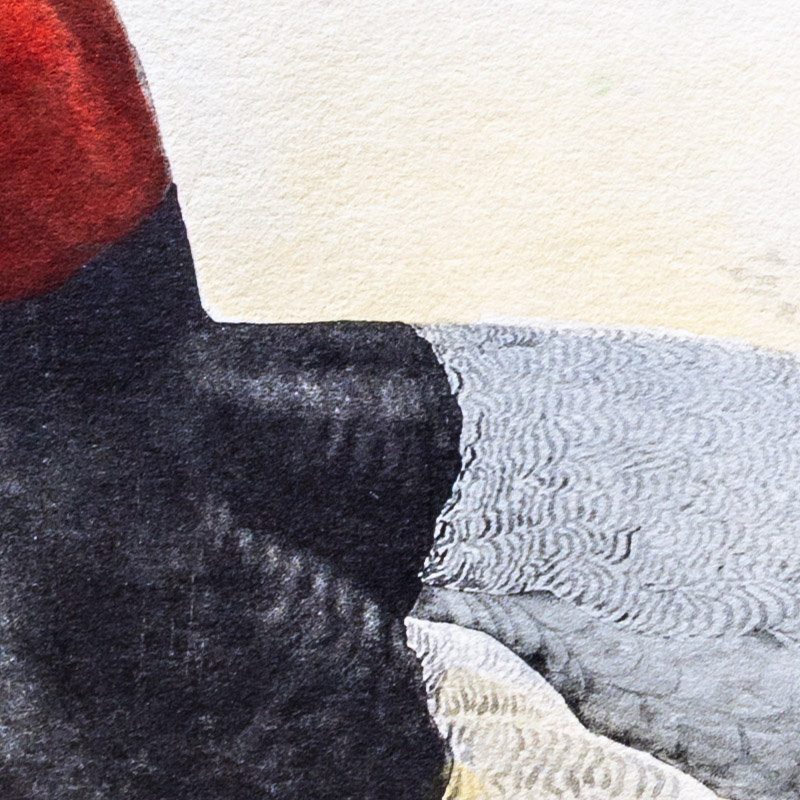
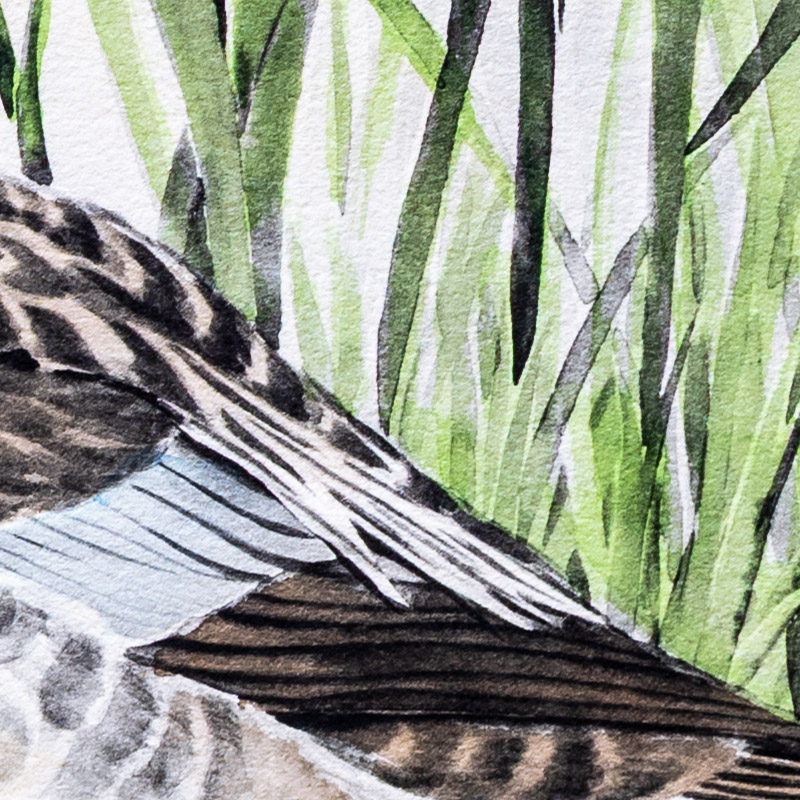
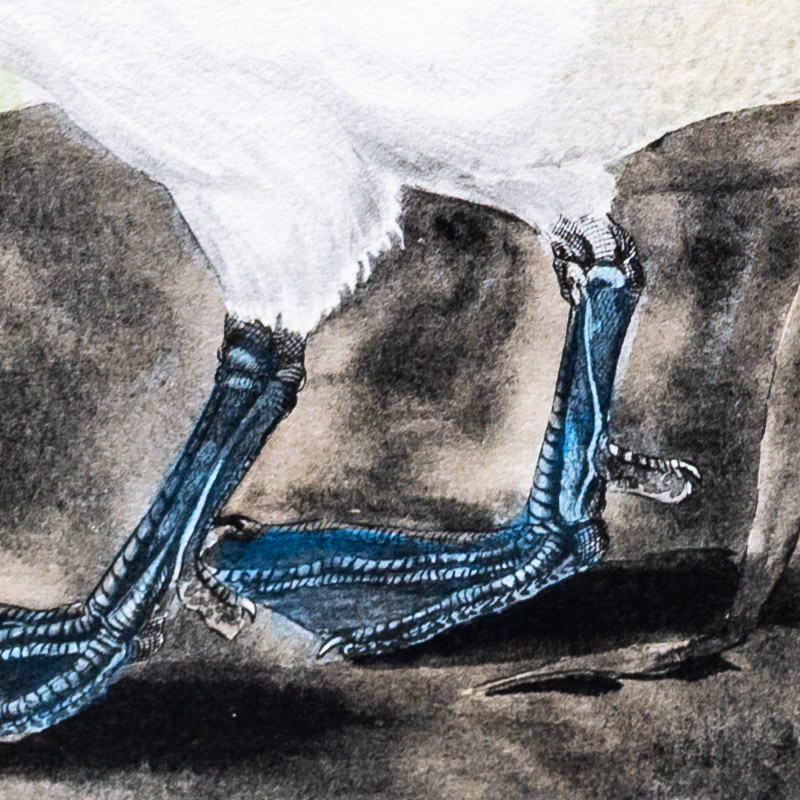

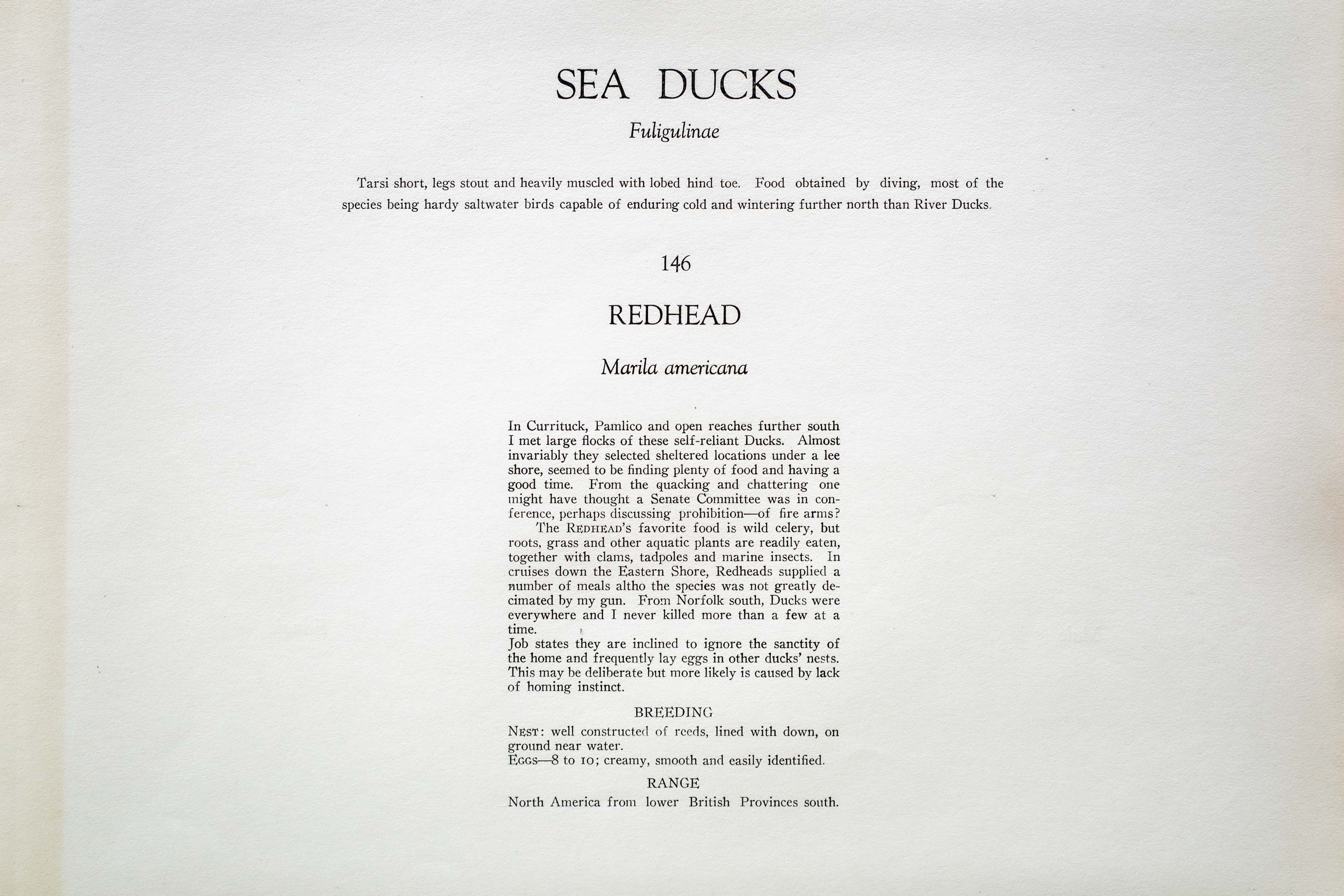

Unknown
1930
3
146
A team of dedicated board members, volunteers, and student interns has published every page in Volume 9. This volume includes 360 images of paintings and lyrical descriptions of birds, now available online for everyone to enjoy anywhere in the world. This is a monumental task. Each volume requires approximately 400 hours to photograph, edit, transcribe, catalog, and publish online. We need your support to complete this work.
If you're tech-savvy, have a good eye, are meticulous with details, and love structured data, please consider volunteering by emailing us at hello@rexbrasher.org.
We encourage all bird lovers and supporters to consider a monetary donation to support our mission to make Rex's work available for everyone. You can provide a one-time or recurring donation online.
In Currituck, Pamlico and open reaches further south I met large flocks of these self-reliant Ducks. Almost invariably they selected sheltered locations under a lee shore, seemed to be finding plenty of food and having a good time. From the quacking and chattering one might have thought a Senate Committee was in conference, perhaps discussing prohibition — of fire arms?
The REDHEAD'S favorite food is wild celery, but roots, grass and other aquatic plants are readily eaten, together with clams, tadpoles and marine insects. In cruises down the Eastern Shore, Redheads supplied a number of meals altho the species was not greatly decimated by my gun. From Norfolk south, Ducks were everywhere and I never killed more than a few at a time.
Job states they are inclined to ignore the sanctity of the home and frequently lay eggs in other ducks' nests. This may be deliberate but more likely is caused by lack of homing instinct.
NEST: well constructed of reeds, lined with down, on ground near water.
EGGS — 8 to 10; creamy, smooth and easily identified.
North America from lower British Provinces south.